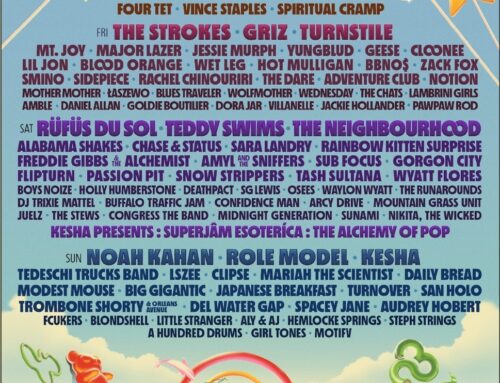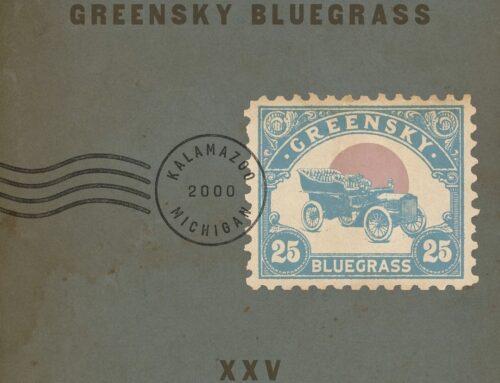Google Plus and Google Feed Showcase Data and Not Fake News
Google has recently rolled out a new update for their search within the Google app for IOS and Android users.
The company has expanded and reworked some of the services within the Google Now application, and streamlined it for more news-related content.
Google feed works as a personal assistant overall. In addition to tailoring the users news feed, it also connects with Google Maps to collect data for nearby locations for common purchases. It also connects with Google Translate, Gmail, and other products.
One interesting piece to Google feed that caught my eye was the ‘attractions’ option. Users can easily find out local attractions.
In comparison, Facebook recently announced they would be working with publishers to allow a select few the option to setup paywalls. I already known which search engine I’m primarily using for 2017, and it is not Facebook.
Online readers that browse mainstream media sites will be able to see the bias nature in which news organizations cater to Facebook. I’ve seen several articles that push strong for Facebook, but in reality, I find that these news sites are trying their best to keep Facebook looking relevant to build up their click through rate as much as possible. Even though Facebook is a major player for online traffic, the majority of our traffic is created organically through hard work.
Google released updates that showcase news related to search inquires, and it works with sites to decrease misinformation. In comparison to Facebook’s platform, which is currently testing out ads in front of videos, (which I am sure will soon have a subscriber option to opt out of for a monthly fee) as well as charging users for using news sites within their search engine that is constantly filled with opinionated garbage.
Recode recently reported:
‘Video is at an earlier stage, but is following a similar path. Facebook is experimenting with mid-roll ads. Mid-rolls enable more video engagement but get seen less than pre-rolls. One publisher generated $11,000 from 24 million video views, a $0.46 eCPM that is an order of magnitude less revenue than the same views would generate on pre-roll-friendly YouTube.’
On Monday, I published an article debating if YouTube was paying content producers enough revenue with an average of $1,000 for ever million views. It is laughable that Facebook is trying to attempt to pay half of that number.
The real problem is that Facebook rarely, and I mean about 5-10 percent of the time, produces news stories within their algorithm that I feel are worthy of being published to our site. In comparison, Google News provides stories that I find to be worthy 20-30 percent of the time.
I’ve been using the Google Now application on my smartphone for months now. It worked as a intelligent personal assistant. The updated Google feed continues to provide assistance, as well as acquiring the latest and best news.
Both search engines have their pros and cons, and continue to integrate more and more into mobile devices.




